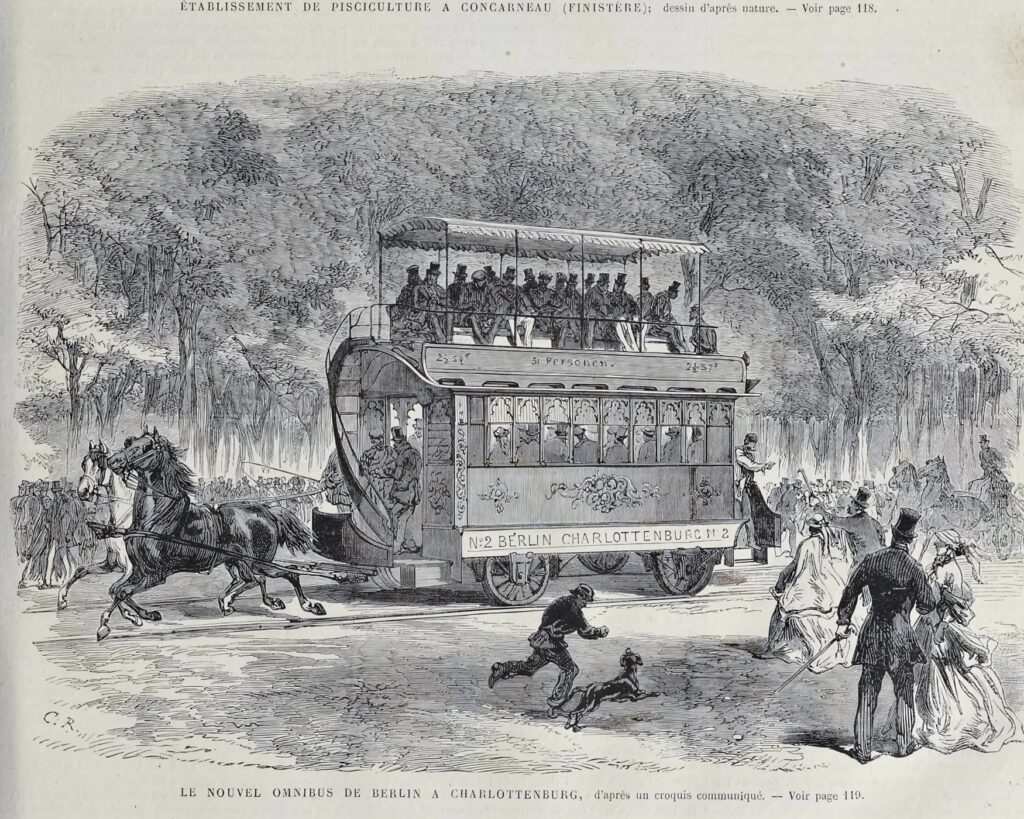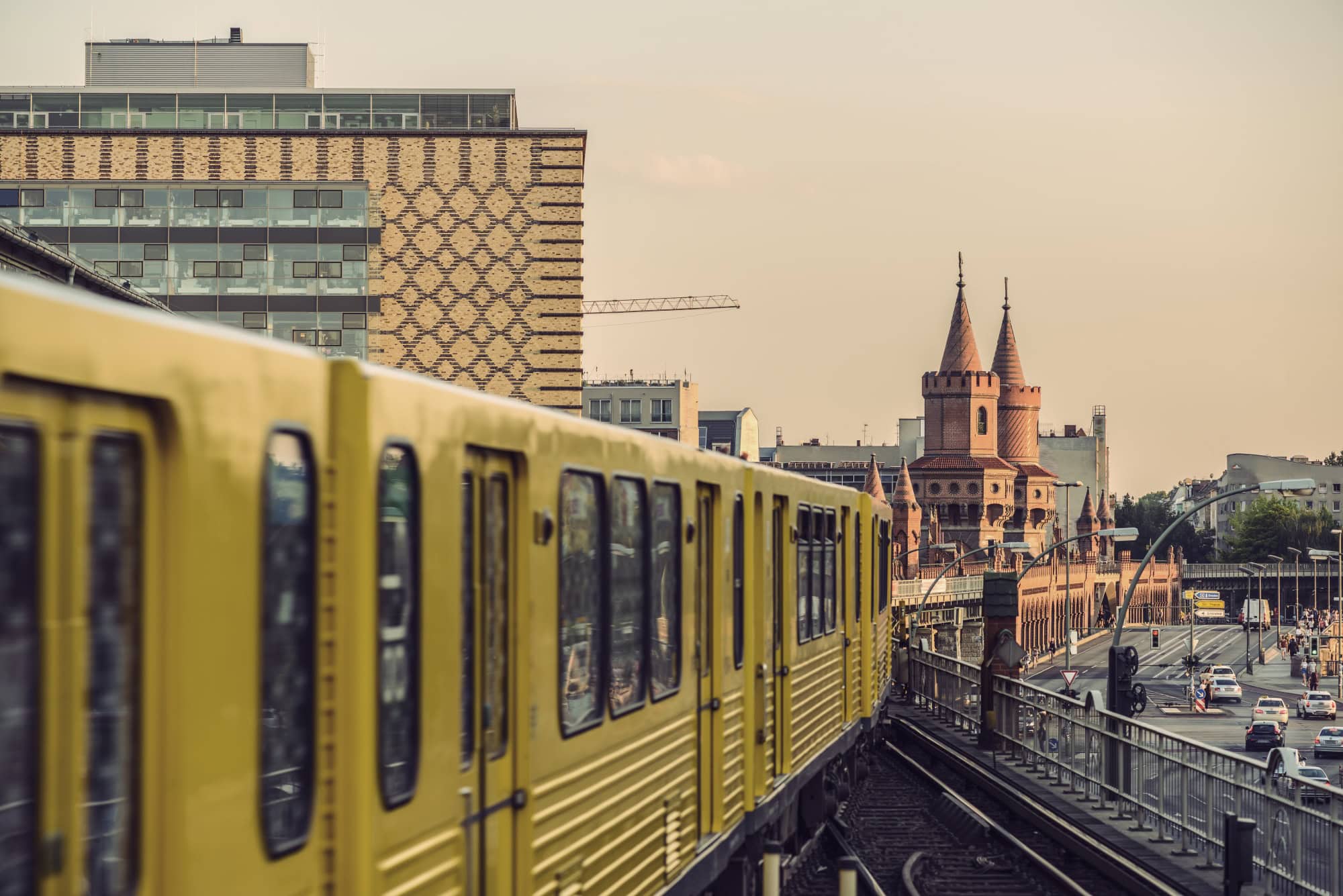It’s easy to complain about local transport. But what are the origins of buses and trains in Germany? Editor Konrad took a closer look at the beginnings and history of public transportation in Berlin.
I have often and vocally expressed my opinions about public transportation in Cologne. And even though there is every reason to do so, I am primarily one thing: a disappointed fan. Without wanting to exaggerate, the concept of public transport is one of the great social achievements of the modern age.
Because amid all the annoyance about delays and cancellations, carriages that are too hot or too cold, or other passengers who are clearly completely unfamiliar with the concept of “personal space,” it’s easy to lose sight of what makes public transport so desirable: the ability to get from A to B at an affordable price without having your own set of wheels.
A new business model
A good 200 years ago, in the early 19th century, getting around was still much more difficult, even in large cities. Those who could afford it traveled through the city in rented cabs or maintained their own carriages. But for the less well-off, the only option was usually to walk – whether to work, to church, or to the pub.

With a keen business sense and a healthy dose of “technological openness,” Prussian court counselor Simon Kremser filled this gap in 1825. Equipped with a royal “privilege to operate a transport business,” the resourceful entrepreneur launched a horse-drawn omnibus line. It was the first of its kind in what is now Germany. From then on, anyone could travel from the Brandenburg Gate to Charlottenburg, which was not yet incorporated into the city at the time, and back again.
On the road with Kremser
Fixed timetables and routes, uniform fares, and even uniformed staff—Simon Kremser set standards with his horse-drawn omnibus line that many companies still fail to meet today. Above all, however, he democratized transportation, as is evident from the name itself. After all, “omnibus” means nothing other than “for all.” (And that alone made the Latin course worthwhile!)
Kremser’s success proved him right, and further lines followed, for example to Pankow. Above all, the possibility of taking a quick and easy trip to the countryside was gratefully received by Berlin’s working class and set a precedent. And I, too, resolve to be a little more grateful for public transport, despite all the adversities. It’s the only one we have.
The history (not only) of Berlin’s road traffic and public transport can be traced in detail at the German Museum of Technology in Kreuzberg (👉 Click here for the website). The BVG operates its own subway museum at the Olympic Stadium (open on the second Saturday of every month).





